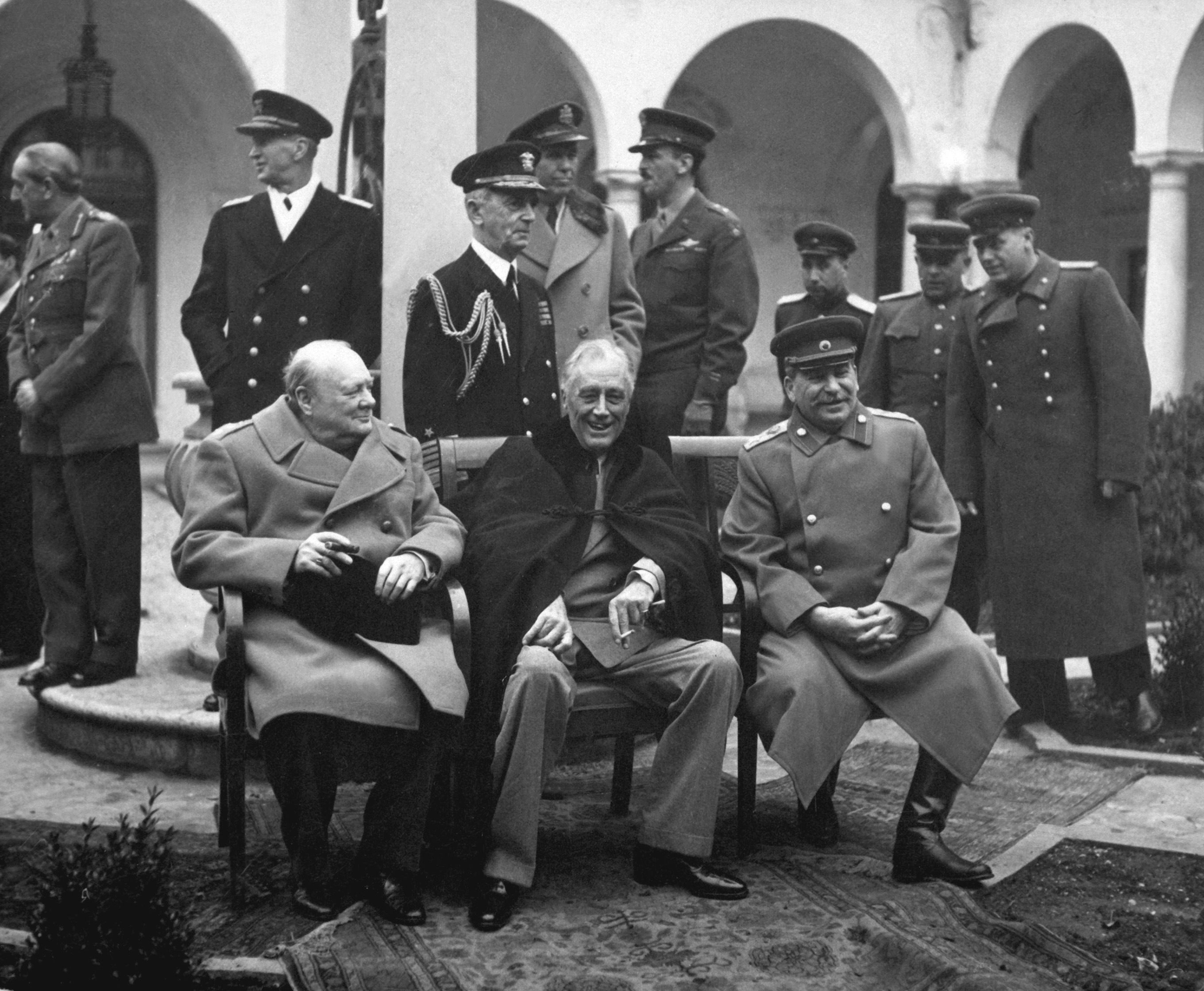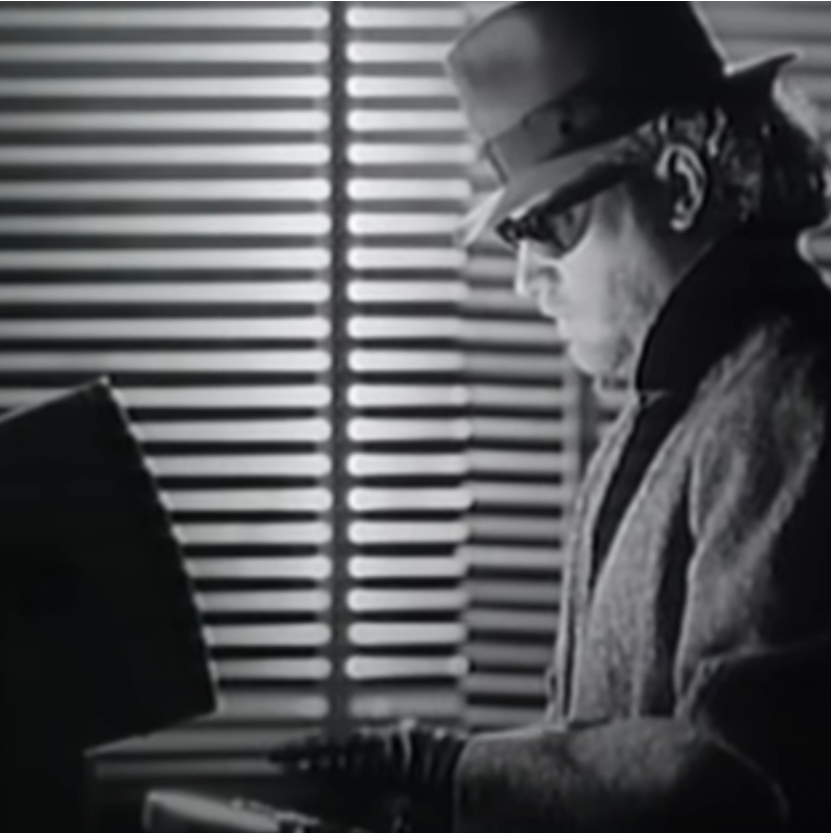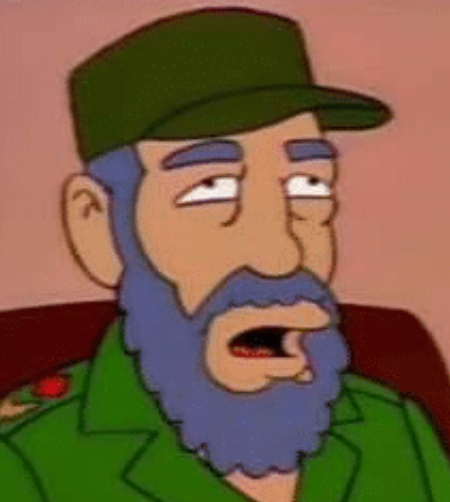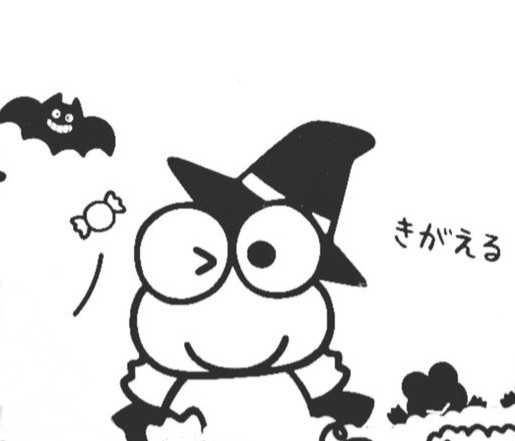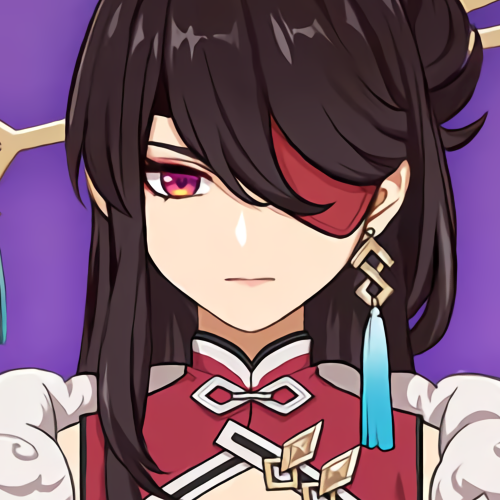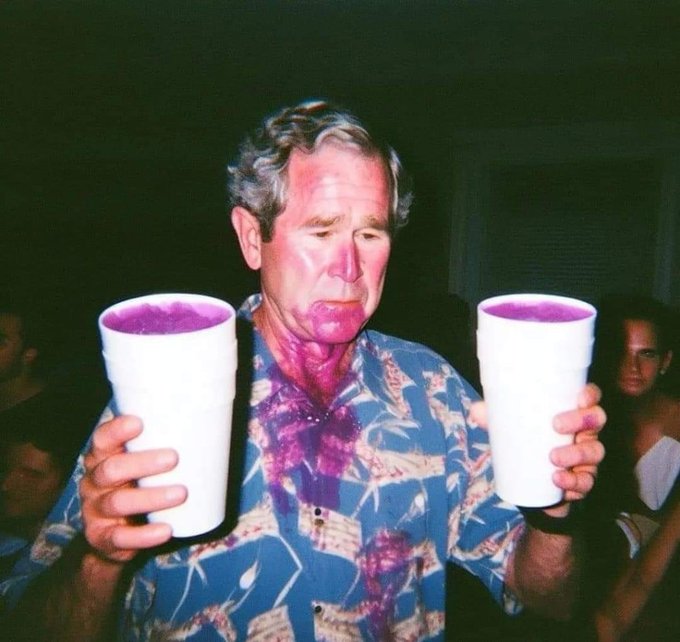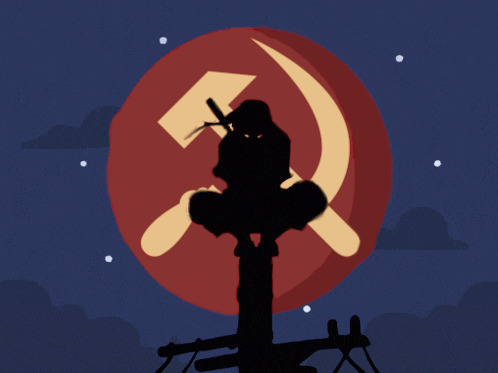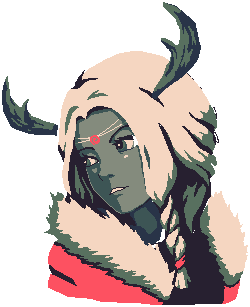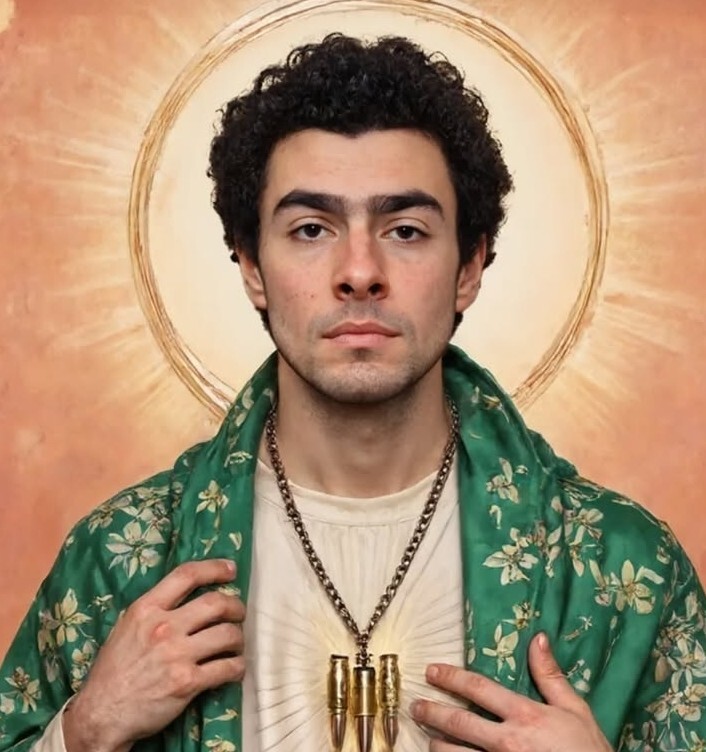In 1968 and 1969, student protests at several Japanese universities ultimately forced the closure of campuses across Japan. Known as daigaku funsō (大学紛争, lit. ‘university troubles’) or daigaku tōsō (大学闘争, ‘university struggles’), the protests were part of the worldwide protest cycle in 1968 and the late-1960s Japanese protest cycle, including the Anpo protests of 1970 and the struggle against the construction of Narita Airport. Students demonstrated initially against practical issues in universities and eventually formed the Zenkyōtō in mid-1968 to organize themselves. The Act on Temporary Measures concerning University Management allowed for the dispersal of protesters in 1969.
Initially, demonstrations were organized to protest against unpaid internships at the University of Tokyo Medical School. Building on years of student organization and protest, New Left student organizations began occupying buildings around campus. The other main campus where the protests originated was Nihon University. They began with student discontent over alleged corruption in the university board of directors. At Nihon, protests were driven less by ideology and more by pragmatism because of the university’s traditional and conservative nature. The movement spread to other Japanese universities, escalating into violence both on campus and in the streets. In late 1968, at the zenith of the movement, thousands of students entered Tokyo’s busiest railway station, Shinjuku, and rioted. Factional infighting (uchi-geba, 内ゲバ) was rampant among these students. In January 1969, the police besieged the University of Tokyo and ended the protests there, leading to renewed fervor from students at other universities, where protests continued. However, as public support for the students fell, and the police increased their efforts to stop the protests, the movement waned. The passage of the 1969 Act on Temporary Measures concerning University Management gave police the legal basis to apply more forceful measures, although splinter groups of the New Left groups, such as the United Red Army, continued their violence into the 1970s.
The students drew ideological inspiration from the works of Marxist theorists like Karl Marx and Leon Trotsky, French existentialist philosophers like Jean-Paul Sartre and Albert Camus, and the homegrown philosophy of the Japanese poet and critic Takaaki Yoshimoto. Yoshimoto’s interpretation of “autonomy” (jiritsusei) and “subjectivity” (shutaisei) were based on his critique of the progressive liberal interpretations of these ideas by other Japanese intellectuals such as Masao Maruyama, whom he denounced as hypocritical. The students’ devotion to shutaisei in particular would lead ultimately to the disintegration of their movement, as they focused increasingly on “self-negation” (jiko hitei) and “self-criticism” (hansei).
The university troubles helped in the emergence of Mitsu Tanaka’s Women’s Liberation (Ūman Ribu) movement. While most disputes had settled down by the 1970s and many of the students had reintegrated into Japanese society, the protests’ ideas entered the cultural sphere, inspiring writers like Haruki Murakami and Ryū Murakami. The students’ political demands made education reform a priority for the Japanese government, which it tried to address through organizations such as the Central Council for Education. The protests have been the subject of modern popular media, such as Kōji Wakamatsu’s 2007 film United Red Army.
Zenkyōtō
The All-Campus Joint Struggle Committees (Japanese: 全学共闘会議; Zengaku kyōtō kaigi), commonly known as the Zenkyōtō (Japanese: 全共闘), were Japanese student organizations consisting of anti-government leftists and non-sectarian radicals.
The movement began at the University of Tokyo and Nihon University, and expanded rapidly to the other major universities over the subsequent three years.
Across the country, 127 universities — 24 percent of the national four-year university system in total — experienced strikes or occupations in 1968. In 1969, this rose to 153 universities or 41 percent. There was also a Zenkyōtō movement in the Japanese high schools.
Up to this point, mobilizing in the student movement meant conforming to the rules of the student council and constituting a clear majority within it. The Zenkyōtō, however, was formed in a voluntarist manner — or through direct democracy, so to speak — as an extralegal organization that operated outside the rules and without recognition by the university administration, consciously opposing the existing type of conformism.
The Zenkyōtō had no rules that governed either its membership or its leadership. Political sects participated in the movement, along with a multitude of small nonpartisan groups, but these organizations fought under the banner of each specific university in the Zenkyōtō.
From the moment of its formation, the Zenkyōtō spread to universities across the whole of Japan, something that had never been seen before in the postwar Japanese student movement, marking the specific character of ’68. Yet, at the same time, the Zenkyōtō as an organization overburdened itself from the outset with political difficulties specific to the practice of direct democracy, difficulties that would emerge later as the movement developed.
Hexbear links
- 🐻Link to all Hexbear comms
- 📀 Come listen to music and Watch movies with your fellow Hexbears nerd, in Cy.tube
- 🔥 Read and talk about a current topics in the News Megathread
- ⚔ Come talk in the New Weekly PoC thread
- ✨ Talk with fellow Trans comrades in the New Weekly Trans thread
- 👊 Share your gains and goals with your comrades in the New Weekly Improvement thread
- 🧡 Disabled comm megathread
reminders:
- 💚 You nerds can join specific comms to see posts about all sorts of topics
- 💙 Hexbear’s algorithm prioritizes comments over upbears
- 💜 Sorting by new you nerd
- 🌈 If you ever want to make your own megathread, you can reserve a spot here nerd
- 🐶 Join the unofficial Hexbear-adjacent Mastodon instance toots.matapacos.dog
Links To Resources (Aid and Theory):
Aid:
Theory:
Just finished a rewatch of True Detective Season 1 and OMG it’s even better than I’d remembered it.
Don’t think I’ve ever seen a TV series that good (haven’t seen a lot)
Come on TrueAnon release a new ep I cbf to listen to Liz’s boomer ramblings about Nos
When you ban treats in a treat based economy

https://xcancel.com/FugaziTruther/status/1880690332624716263
important video of space bowl program
Funny how much redditors claim to hate TikTok yet 8/10 links on r/all are about the US shutdown lol
at this point qanon truthers hate Trump more than anyone.
mfers are trying to assassinate him because they are “bored”
I wonder if we’re going to get more assassination attempts by groypers during the next few years, as part of some greater right-wing infighting saga.
throwback to this classic January tweet
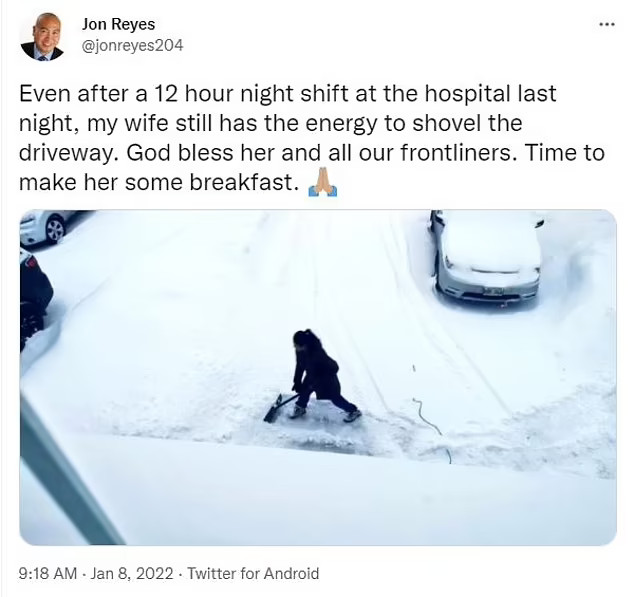
Is there any greater example of shrinkflation than pringles?
deleted by creator
the internet is all robots now. We started off with no girls, now we got rid of all humans period.
Liberals: “Racism is bad!”
Me: “Okay! That means that you aren’t racist if you think it’s bad then, right?”
Liberals:
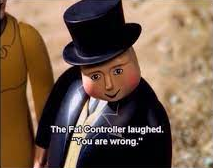
time to update this one
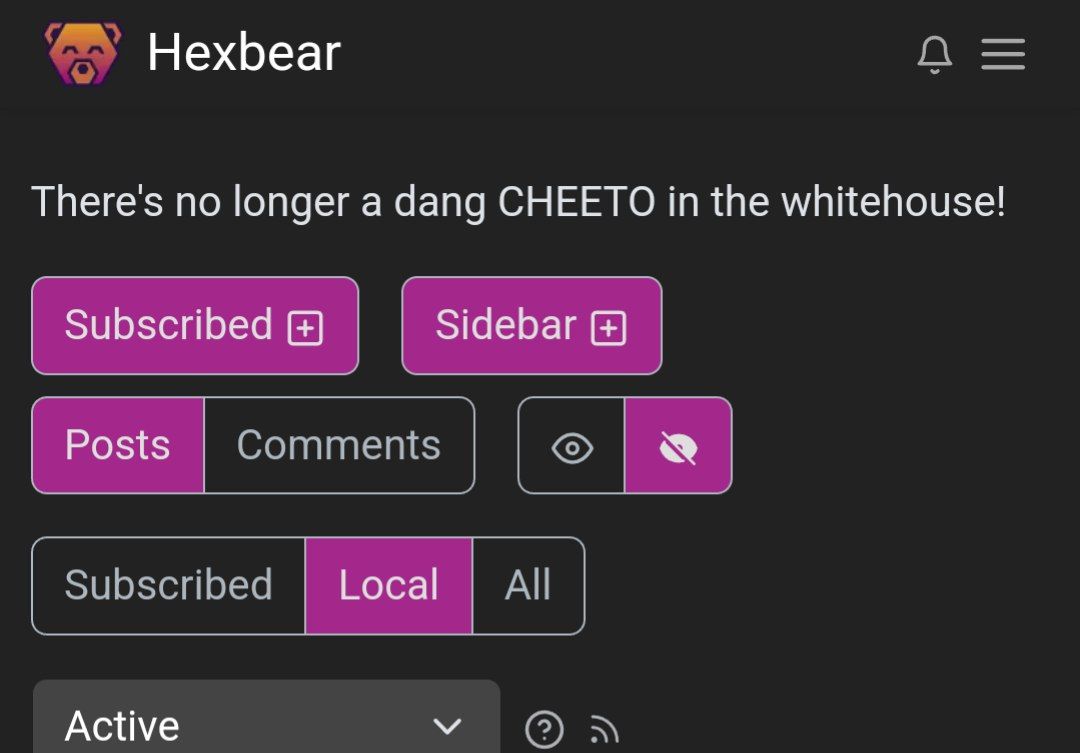
There’sThere’s no longerThere’s a dang CHEETO in the whitehouse!
Rednote now has the country names under comments translated too
Damn dude the anti-vegan vitriol on little red book is craaaazy. Any post that comes across my feed that even mentions vegans in any way has the most cursed comment section, coming from both westerners and Chinese users lol. I forgot the nice safe space we’ve created here.
I have found a good few vegan Chinese accounts on there. they are there!
The app keeps trying to recommend me people fishing and slaughtering pigs and stuff. Also a lot of users doing things with/to their pets that are not outright abuse but are stupid, uncomfortable, and unsafe.
It’s unfortunate that the world is so meat obsessed.
My job is depressing me so bad. God I want to live in socialism so hard.
I think tiktok ban is pretty funny just cuz rich himbos temporarily cant make money off their narcissist lifestyle no more

